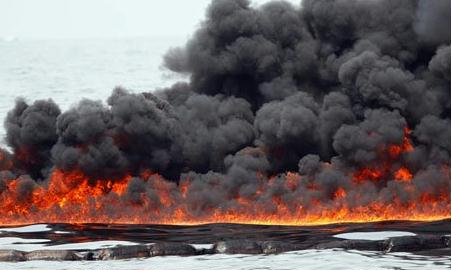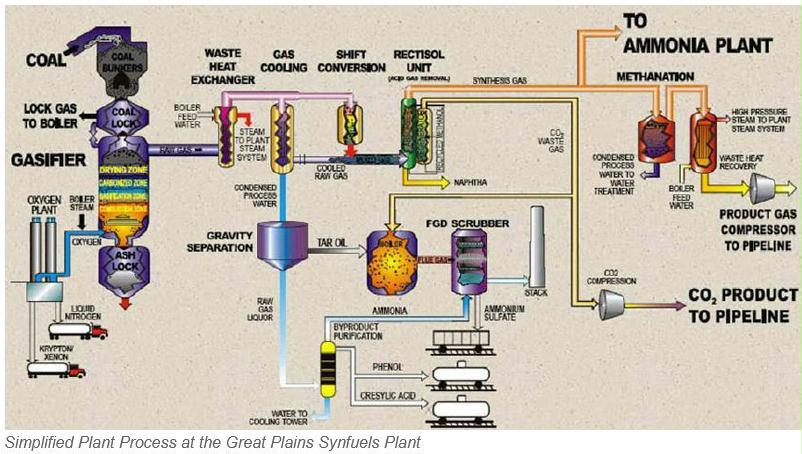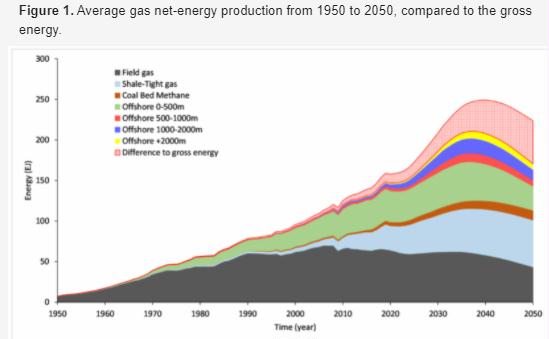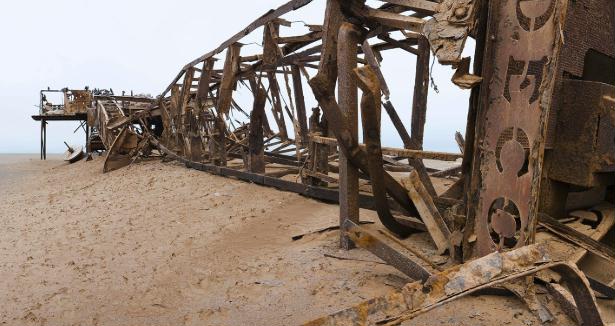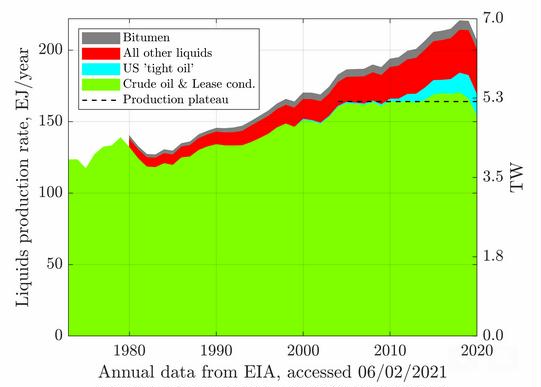Preface. The lithium batteries in cars need electricity to recharge, but the electric grid can’t stay up with just wind and solar, that’s why natural gas is the energy storage today. Nor do pumped hydro or compressed air energy storage scale up. And battery storage doesn’t either.
Barnhart (2013) found that the only utility-scale battery for which there were enough materials on earth to store 12 hours of electricity production were Sodium sulfur (NaS) yet the main batteries being developed for both utility-scale electricity storage and automobiles is lithium. To provide enough energy storage for just 1 day of electricity generation in the United states, li-ion batteries would cost $11.9 trillion dollars, take up 345 square miles, weigh 74 million tons, and need replacement after 15 years (DOE/EPRI 2013). Multiply that by 28 since at least four weeks of energy storage are needed to cope with the seasonality of wind and solar. That doesn’t leave much if any lithium for cars. Vazquez (2010) also points out that lithium does not grow on trees, and the amount needed for utility-scale storage is likely to deplete known resources (Vazquez 2010).
And what’s the point of electrifying cars? That only replaces gasoline. But it is diesel that’s needed, peak diesel is the real existential crisis, since large trucks, locomotives, and ships burn diesel. Without this transportation civilization ends within a week. I explain this in greater detail in my book “When Trains Stop Running: Energy and the Future of Transportation“. The main reason trucks can’t run on batteries is that they weigh too much in long haul, tractors, harvesters, bulldozers, fire, logging, mining and myriad other essential heavy duty trucks doing the actual work of civilization. Plus over 80% of U.S. cities have no rail or ports and depend on trucks alone.
…click on the above link to read the rest of the article…



